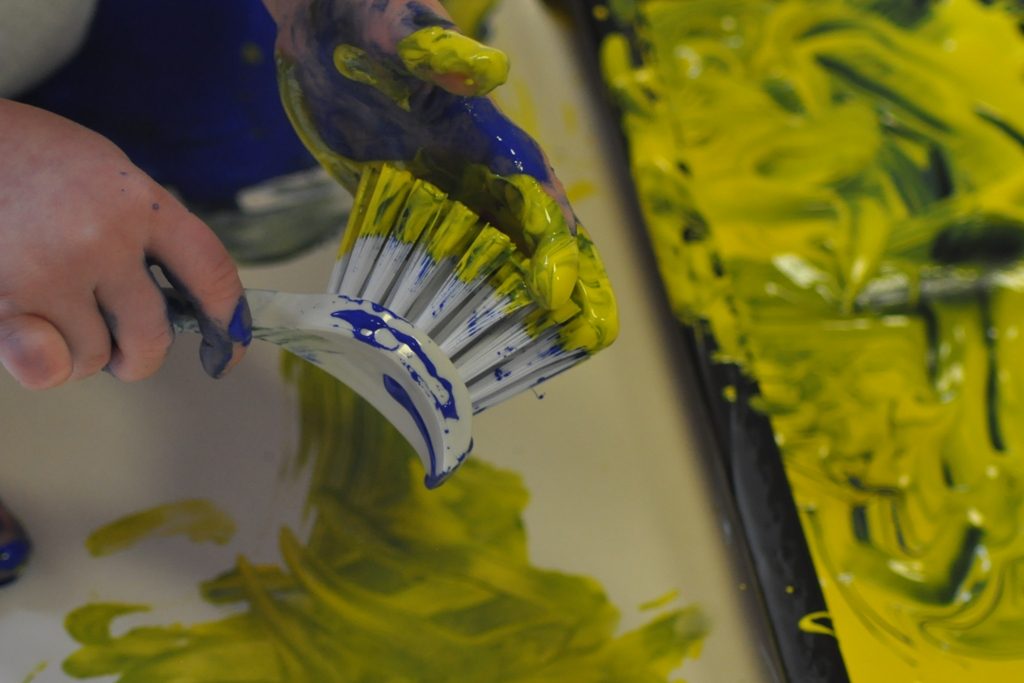10 simple mark making activities for younger children
There is no reason why young children shouldn’t be encouraged to join in mark making activities. It can be an exciting moment when parents are given their children’s first scribbles. This stage of development is known as #markmaking. Mark making is important as this is where the journey starts in being able to learn to write. Children will develop many skills whilst they are on this journey and all of this will contribute to early literacy skills. Children use mark making as a visible way to tell stories and express their feelings.
There are many resources out there available to purchase to help with mark making, however, be creative and look at other ways of encouraging mark making.
Why not try some of these simple mark making activities
- Using large handled rollers. You can purchase some of these from your local DIY shop. Fill the trays with paint, place some paper on the floor and let the children roll the rollers in the trays of paint.
- Making marks with trains. A very simple activity that involves using trains, children will enjoy pushing these trains through trails of paint.
- Scrubbing brushes. Place some paint in some trays and let the children dip the scrubbing brushed into the paint and then begin mark making on the paper.
- Finger paints. Place different coloured finger paints on the table and let the children make various marks as well as mixing the colours together
- Sand on a light box. Sprinkle some sand over a light box and let the children use their fingers to make various marks and patterns.
- Shaving foam and paint brushes. Squirt some shaving foam into a tuff spot tray and provide children with different sized paint brushes to make marks in the shaving foam.
- Painting on foil. Fix a sheet of foil to the table and fill some pots of paint up with paint and let the children use their paint brushes to make patterns on the foil.
- Cling film and paint. Squirt some different coloured paint onto the table, and then completely cover the table with Clingfilm. Make sure no paint seeps out. Encourage the children to use their fingers to move the paint around that is under the cling film. Children will begin to see the marks they have made. This is also a good activity for colour mixing.
- Shaving foam and powder paint. Place both these in a tuff spot and let the children mix them together. Once mixed, children can make various marks and patterns.
- Paint in a zip lock bag. Fill a zip lock bag with paint and zip the bag up and place this on a table or even on the floor. Watch as the children use their fingers to make marks in the paints. A nice messy free activity.
By providing the children with a variety of mark-making opportunities this can help develop their creative and physical development as well as their imagination.
For more mark-making ideas visit our Pinterest page

